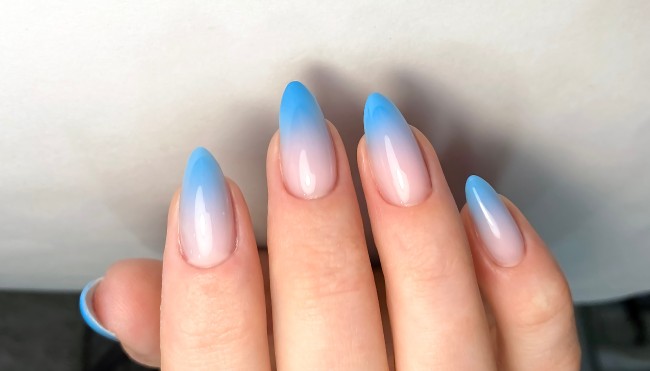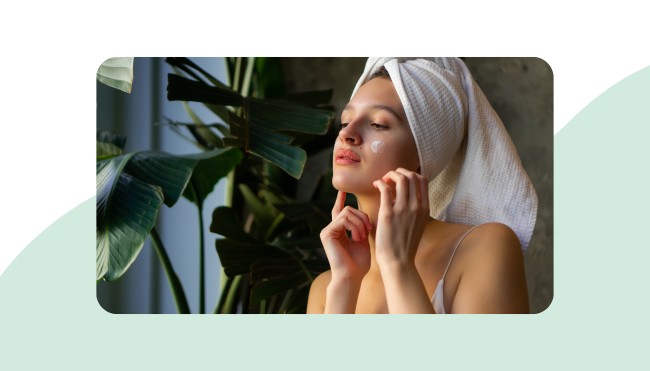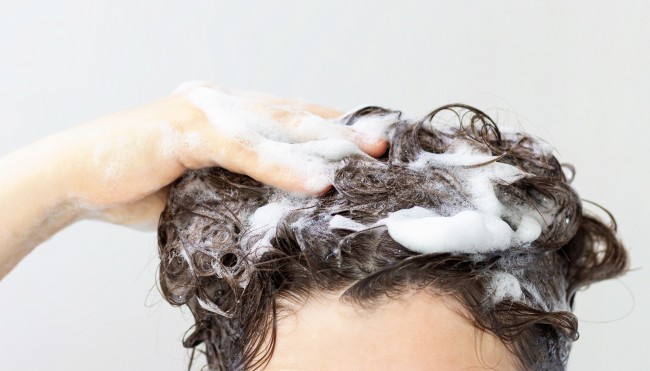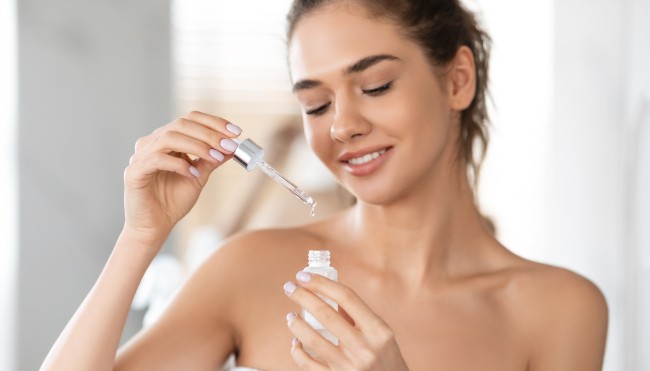Sugaring - The Best Hair Removal Method?
Those who’ve tried it often can’t stop! There’s talk of something called sugaring: a hair removal method that uses a paste with a sugar base. The 100% natural ingredients are affordable and the removal technique is especially easy on the skin.
And the results are impressive: Skin is super smooth and the hair will be thinner and sparser with every application. With the following recipe, you can even make the paste yourself.
What is sugaring?
Sugaring is a hair removal method using sugar paste that’s friendly to both the environment and your skin. The method is originally from the Middle East. There, the sweet paste made of sugar and lemon juice is called “halawa,” and has been used for gentle hair removal for centuries.
These days, sugaring has also evolved into a trend in this part of the world. No wonder, since sugaring is an effective method to get rid of unwanted hair. It’s easy on the skin, made of 100% natural and affordable ingredients, and pulls out the hair with the root so they grow back thinner and more sparsely.
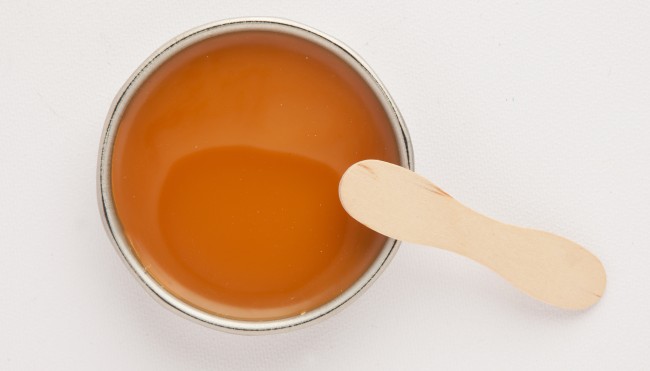
How sugaring works
Preparation is similar to that of a wax treatment: cleanse and powder the skin with an alcohol-based toner so it’s clean and oil-free.
Then, knead a small portion of the halawa in your hands until soft and spread it on your skin against the grain.
Next, remove the golden yellow sugar paste with quick movements. This method is known as flicking. Alternatively, just like with waxing, the sugar past can be removed with cloth strips. Important: remove with the grain of the hair! Afterwards, the halawa mass can be kneaded until soft and applied to another area of skin.
Gentler and more thorough than waxing
While wax is removed against the grain of the hair, sugaring goes with it. This irritates the hair follicles less, and the hair doesn’t break off as easily as with waxing. A good side effect: ingrown hairs and pimples are hardly ever a problem with sugaring. To be on the safe side, it’s recommended that starting the third day after sugaring, you use a skin peel every two to three days.
Those who switch to sugaring will determine that the hair removal with the sugar paste is less painful by far. Part of that is because the hair is removed with the grain, and that the halawa sticks to the skin less. The risk of injury is also lower than wax treatments.
The ingredients are affordable and environmentally friendly
The great thing about sugaring: The ingredients for the paste are natural and inexpensive. You can get them in any supermarket; you probably already have most of them in your home. Sugar, water, and lemon juice are all you need to make halawa.
It can be said that sugaring is also the most environmentally friendly hair removal method, since it doesn’t use chemical or products made of plastic. Alternatives like shaving or hair removal creams don’t come close. Sugaring is also a great alternative for vegans, since waxing products can contain beeswax. Even more natural than sugaring would probably just be letting the hair grow out.
Sugaring on your own
A visit to a professional sugaring studio lends itself to getting started. There you’ll get an initial feeling for the method and familiarize yourself with the technique.
Those who’d prefer to try it themselves can find both instructions and videos on the proper application online, as well as premade sugaring pastes.
If you want to save even more, you can also prepare the sugar mass yourself. Making “halawa” will only take a couple of tries at most to achieve the right consistency.

Recipe for sugaring paste
Ingredients
1 cup sugar
2 teaspoons water
2 tablespoons lemon juice
How to make it:
1. Combine all of the ingredients in a high, coated pot or a deep pan (important, since the mass can overflow quickly!) and heat slowly.
2. Simmer the sugar mass slowly and evenly, stirring constantly. A wooden spoon is good for stirring, or a normal spoon with a paper towel wrapped around it, since it’ll get hot.
3. Over the course of the cooking process, which should take about 10 minutes for the amounts listed in this recipe, the color of the sugaring paste will change. In the beginning it’s white, then turns light yellow, and in the end, it’s a color reminiscent of acacia honey.
4. If you’re unsure you can do a consistency test. Drip a few drops of the sugar mass onto a plate with a spoon. Once the drops have cooled, you can test their consistency with your finger. If it’s still too soft or fluid to the touch, the sugar mass needs to cook some more until it gets a firmer consistency when solid.
5. Once the mass has the desired consistency, it should be removed from the hot stove immediately. But watch out! Don’t jerk it around too much, otherwise it could spill over. Now the mass can be poured into a heat-resistant glass or plastic container. Careful, it’s extremely hot! Please allow for enough time for it to cool off.
Caution: Danger of burning! Be careful, the sugaring mass is very hot!


